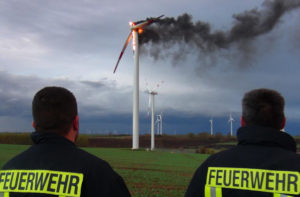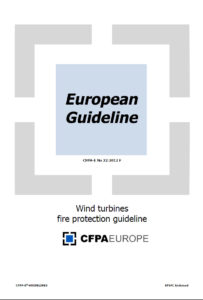2016-05-16: Media coverage of the Brussels Hive Attack, on 22 March 2016 … and, more recently, my own experience travelling in the Rome Metro, where the lines have been constructed deep in the ground to avoid the city’s vast and rich archaeological heritage … made me seriously wonder about how vulnerable users of the built environment can possibly cope in emergencies.
Escalators (moving stairs) and Travellators (horizontal moving walkways) are very common in public buildings. They greatly facilitate convenient and comfortable circulation for everybody … especially in large, extensive and complex building types. Escalators are absolutely essential in metro environments, both for access and egress.
Escalators which are static … which don’t move, for one reason or another … are dangerous. The rise of steps in the main part of the escalator is usually very high, too high for any type of public building … and at the top and bottom of the escalator, the step rise varies dramatically … which is a recipe for trips and falls, particularly in any sort of emergency.
AND … we know that during a fire emergency in a building, many people will attempt to evacuate that building by re-tracing their route of entry … whatever the hazard and wherever it is located.
Too many Standards and Guideline Documents take the easy option … and recommend that lifts/elevators, escalators and travellators should all be shut down during emergencies, and their use prevented. For the moment, I am thinking of just two examples:
- European Standard EN 115: Safety of Escalators and Moving Walks – Part 1: Construction and Installation. 2008-05-29, including Amendment 1 2010-02-23.
- Guidelines for the Safe Operation of Escalators and Moving Walks, published by the Safety Assessment Federation (GB), in consultation with the British Health & Safety Executive. Issue 1, 2011-05-24.
These Recommendations … this Guidance, or Advice, or Whatever … show absolutely no consideration for the Safe Evacuation of People With Activity Limitations (2001 WHO ICF) in an Emergency.
These Recommendations … this Guidance, or Advice, or Whatever … are WRONG !
Subject to some simple requirements, e.g. a separate fire-protected electrical supply in each case, and appropriate management and fire service control, etc … Lifts/Elevators, Escalators and Travellators should all be available for use by people evacuating a building/facility during an emergency … and for use by firefighters accessing that same building/facility.
Building Designers, Fire Services & Standards Organizations … please take careful note !!
.
.
END



